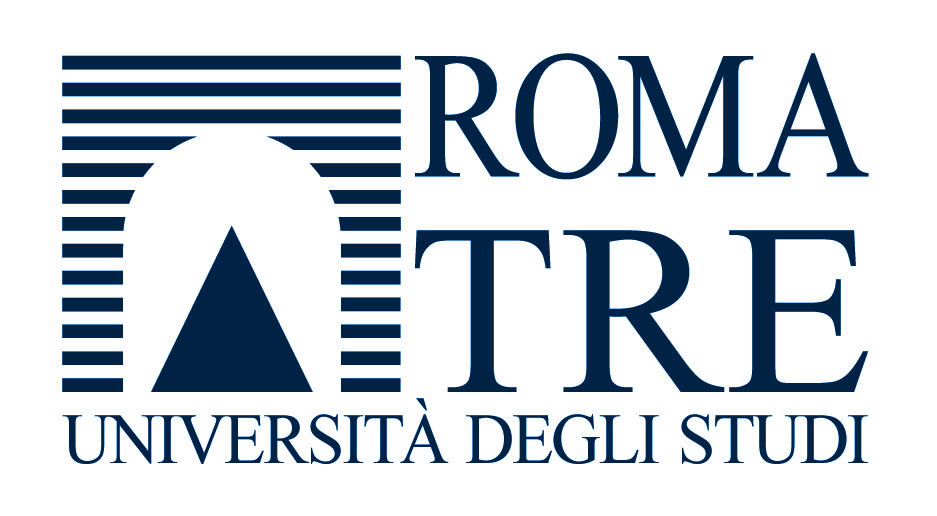|
Teacher
|
FAGGIONI FRANCESCA
(syllabus)
1. Globalization of the markets and Global value Chains
2. The internationalization of companies: theories
3. Internationalization strategies
4. Start up and development of the internationalization process
5. Analysis of the attractiveness of international markets
6. Internationalization procedure
7. Elements of penetration of international markets through the levers of the Marketing Mix
8. The internationalization of the value chain activities (production, research and development, sales, distribution)
9. The social responsibility of international companies
(reference books)
First part: Macroeconomics for the international business
1.Globalization and competitiveness:
•UNCTAD – World Investment Report 2023 e 2024 (overview)
•UNCTAD – World Investment Report 2021 (overview)( the part regarding resilience of MNC)
•UNCTAD – World Investment Report 2019 (Overview) (UNCTAD/WIR/2019 (Overview))(the part regarding SEZ)
•UNCTAD - World Investment Report 2020 (Overview) (UNCTAD/WIR/2020 (Overview)) (the part regarding pandemic)
•UNCTAD – World Investment Report 2013 (pag. 122-174)
Second part: international business and strategy
•Mihir A. Desai, The Decentering of the Global Firm, World Economy, 32, 2009, pp. 1271-1290
. international business textbook ( https://www.saylor.org/books/) (part 3 and part 4).
end of the program for attending students
For non attending students and for those students who are not partecipating to the Challenge (doing Project Work) the program must be integrated with the following readings: (Section 1+Section 2):
Sez 1. Resilience and international network design:
1. Rabbo Bank (2022) «Friendshoring: who will benefit? A good look at
friendshoring from China».
2. Jilles Pache (2022) «With a little help from friends: towards regionals supply
chains»1.
Sez 2. Intercultural Management:
1. Center For Creative Leadership, (2014), Leader effectiveness and Culture: The Globe Study. http://www.ccl.org/leadership/pdf/assessments/globestudy.pdf
2. (not mandatory) :
2a Hofstede, G. (2011). Dimensionalizing Cultures: The Hofstede Model in Context. Online Readings in Psychology and Culture, 2(1).
http://dx.doi.org/10.9707/2307-0919.1014
2b. De Mooij M., Hofstede G., (2010), Application to global branding and advertising strategy and research, International Journal of Advertising, 29(1), pp.85-110.
|
 Università Roma Tre
Università Roma Tre